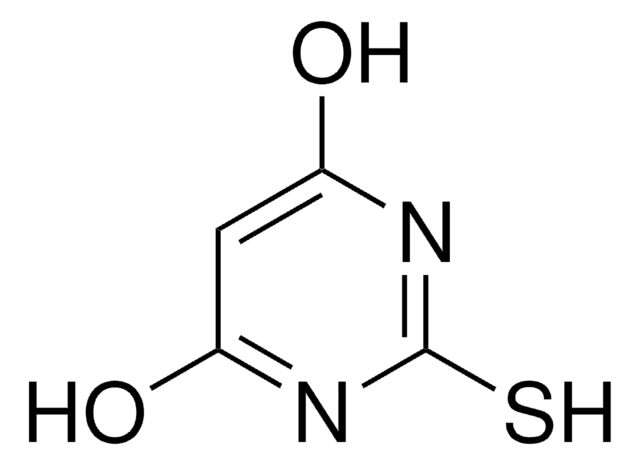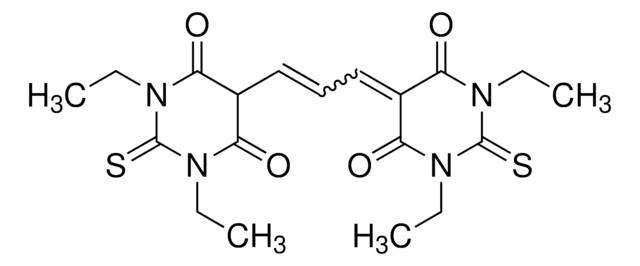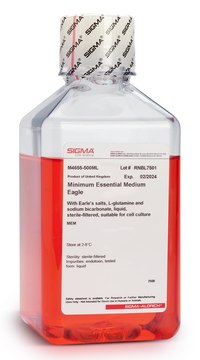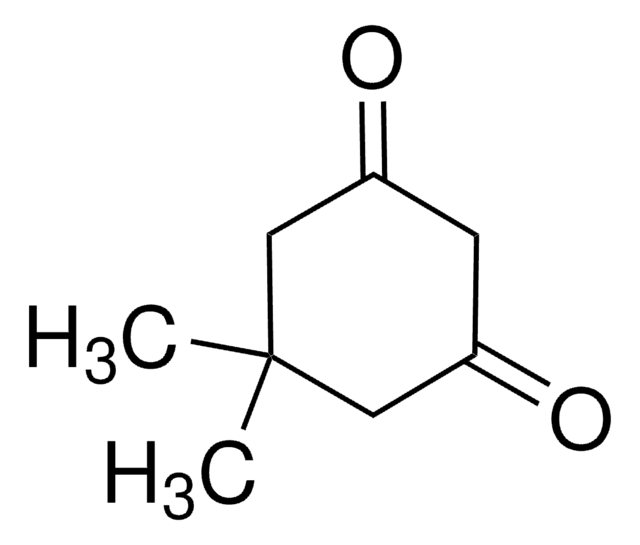Kluczowe dokumenty
161950
1,3-Diethyl-2-thiobarbituric acid
99%
Synonim(y):
1,3-Diethyl-2-sulfanylidene-1,3-diazinane-4,6-dione, 1,3-Diethyldihydro-2-thioxo-4,6(1H,5H)-pyrimidinedione, 1,3-Diethylthiobarbituric acid, N,N′-Diethyl-2-thiobarbituric acid
About This Item
Polecane produkty
Poziom jakości
Próba
99%
kontrola substancji
regulated under CDSA - not available from Sigma-Aldrich Canada
mp
109-112 °C (lit.)
rozpuszczalność
1 M NaOH: soluble 50 mg/mL, clear, colorless to light yellow
ciąg SMILES
CCN1C(=O)CC(=O)N(CC)C1=S
InChI
1S/C8H12N2O2S/c1-3-9-6(11)5-7(12)10(4-2)8(9)13/h3-5H2,1-2H3
Klucz InChI
SHBTUGJAKBRBBJ-UHFFFAOYSA-N
Zastosowanie
Hasło ostrzegawcze
Danger
Zwroty wskazujące rodzaj zagrożenia
Zwroty wskazujące środki ostrożności
Klasyfikacja zagrożeń
Acute Tox. 3 Oral - Skin Sens. 1
Kod klasy składowania
6.1C - Combustible acute toxic Cat.3 / toxic compounds or compounds which causing chronic effects
Klasa zagrożenia wodnego (WGK)
WGK 3
Temperatura zapłonu (°F)
Not applicable
Temperatura zapłonu (°C)
Not applicable
Wybierz jedną z najnowszych wersji:
Masz już ten produkt?
Dokumenty związane z niedawno zakupionymi produktami zostały zamieszczone w Bibliotece dokumentów.
Klienci oglądali również te produkty
Nasz zespół naukowców ma doświadczenie we wszystkich obszarach badań, w tym w naukach przyrodniczych, materiałoznawstwie, syntezie chemicznej, chromatografii, analityce i wielu innych dziedzinach.
Skontaktuj się z zespołem ds. pomocy technicznej









